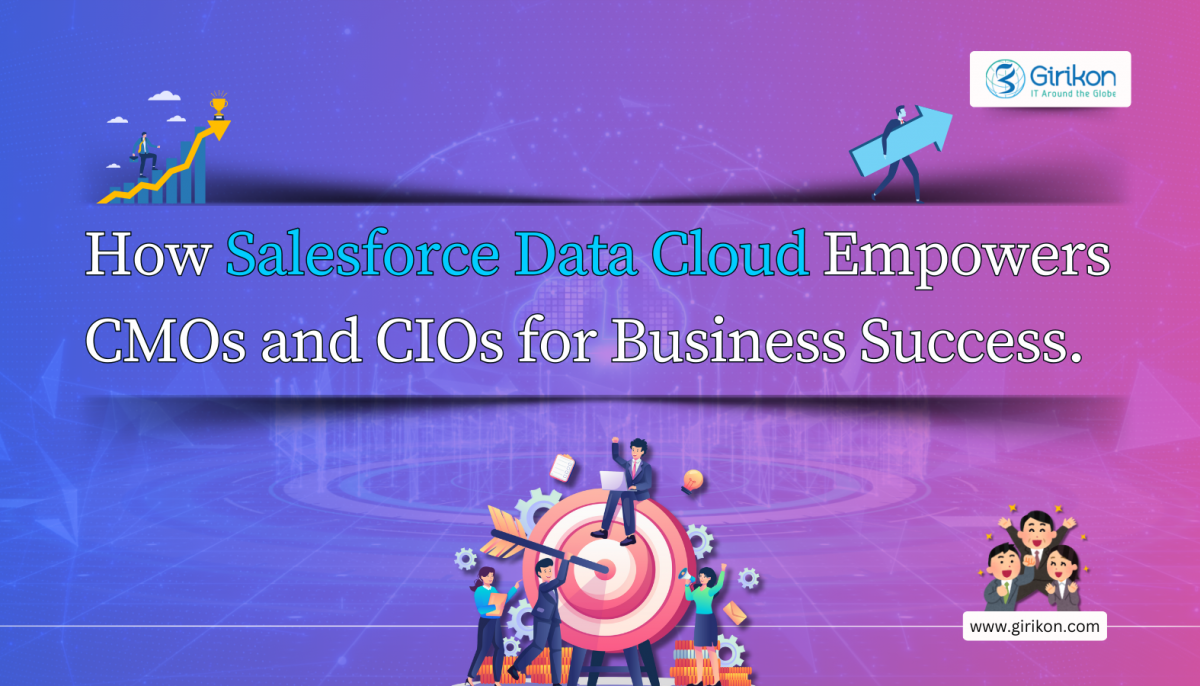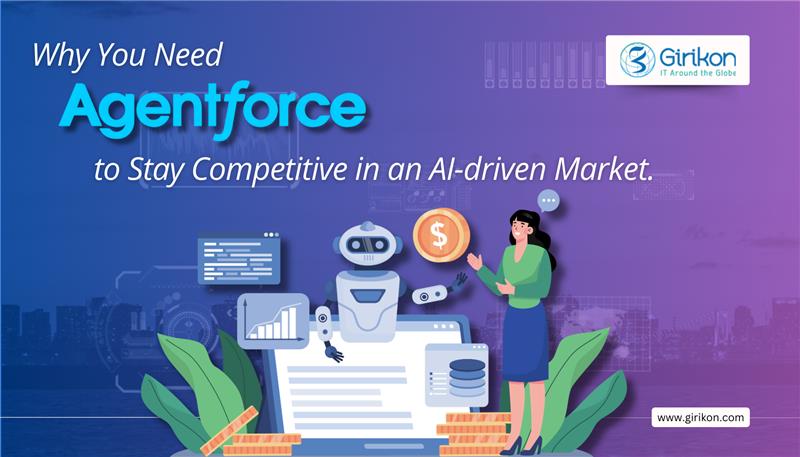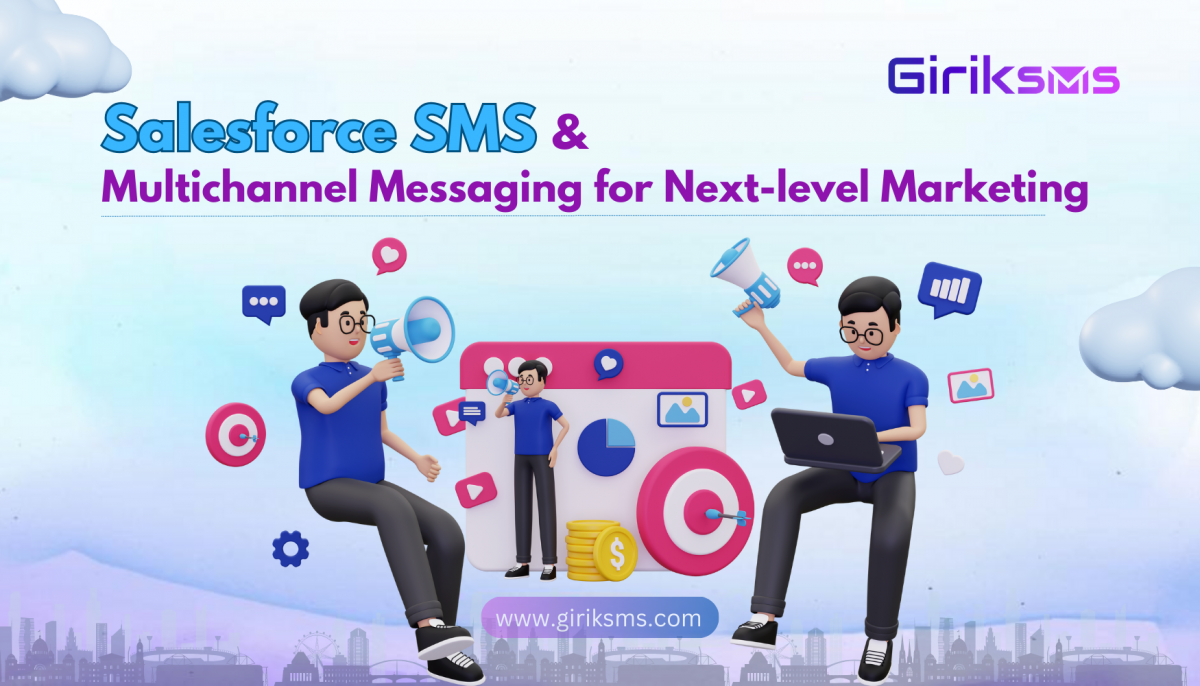The significance of using SMS (Short Messaging Services) as a business communication tool cannot be denied. In fact, SMS has become an essential aspect of multi-level marketing and is leveraged by organizations to engage with their customers. It is indeed a boon for businesses that cannot afford high-end marketing strategies that require heavy investment. Besides being cost-effective, it is the extensive reach and penetration power of this communication tool that makes it popular among businesses of all types.
What makes text messaging more preferable is its independence from the internet, which makes it a cost-effective mode of spreading brand awareness. In fact, it allows the sending of bulk SMS to different groups of people irrespective of global time zone and location. Be it for sending exclusive offers or updates on new products and services, SMS or text messaging has become a perfect tool for business promotion.
Today, forward-looking organizations are considering integrating SMS apps into their customer relationship management tool to make it more advanced. One such CRM (Customer Relationship Management) platform is Salesforce that allows it to operate with itself for sending SMS es to clients. One such Salesforce SMS app that provides SMS sending services is the Smart SMS App.
What is Smart SMS App?
The Smart SMS App is a robust text messaging app that is built natively on the Salesforce platform. The app allows the owner or administrator to send individual or bulk SMS es from the Salesforce panel to the Account, Leads, and Contacts. The app allows the super admin to create multiple users and allocate them authorization to send SMS (bulk & individual) to clients across the globe. This text messaging App is a one-stop messaging solution as it is endowed with some excellent features that can help organizations to gain trust among their customers. Let’s take a quick look at some of the features that make it unique among its competitors:
Display Incoming Messages on the Home Page: The app allows the display of incoming SMS es on the home page of Salesforce CRM to the sales reps. This will allow sales reps to have an instant look at the replies shared by the clients with rare chances of missing out on any of their messages.
SMS Scheduler: The SMS scheduler app allows the scheduling of sending messages (greeting, promotional or any type of messages) to customers situated across different locations and time zone. Sales reps can easily do so by entering the time, date, number to which the messages are to be shaded, and the SMS template in the Salesforce Org. The SMS automatically gets disbursed at the scheduled date and time.
Auto Responders: The Smart SMS App allows users to set up Auto Responses so that whenever a customer responds to a promotional message, contest, or survey, it can respond to the customer automatically when their query matches with the defined Keywords. This will help sales reps win the trust of the customers.
Workflow Configuration: The Smart SMS App allows the setting up of workflow basis which SMS es will be sent to the customers. After setting up the workflow configuration, a new rule has to be created by selecting the object to which the rule applies. After this, the option in the evaluation criteria section should be selected as per the requirement. Finally, the criteria should be entered in the Rule criteria section.
SMS from Report: The app allows users to create standard and customized reports as per their wish and the data they wish to view. This feature is a perfect solution to unanswered calls and emails. Users can select the template, the report, and the numbers from and to which they intend to send the SMS.
Send Single and Bulk SMS: The app allows the sending of single and bulk SMS in a batch of 200 each after button click from the ListView.
Quick Wrap-up:
These are some of the multiple features offered by this Salesforce Messaging App. By leveraging this app, organizations can connect with their customers in a better way, win their trust and ultimately close more deals. So take your business to new heights by leveraging this robust texting app.
Today, customers have become more informed and aware of their rights, and responsibilities. Consequently, they are trying to connect with the brands they like via social, mobile, web, app, and in-person communications. Now, these interactions are driven by APIs (Application Programming Interfaces), which makes it essential for retailers to create and execute API strategies that can help them connect with their customers in new ways.
Listed below are some best practices, which retailers should keep in mind before creating their API strategies:
Prepare a Single Customer View: As businesses grow, it’s important to scale up the systems that are used to track your customers. This is important because data silos tend to get formed over a period of time due to the lack of proper synchronizations of these customer data sources. To retrieve data into a single view is not easy to achieve with legacy tools used by retailers. To bring these disparate systems together and get a single and complete view of your customers, retailers can now leverage MuleSoft – a robust integration tool. By integrating this tool, retailers can get insights, which can help them better know their customers. The API-led architecture of MuleSoft allows seamless integration of different systems, which can be utilized as a single tool. It’s good to partner with a MuleSoft consulting firm to know more about this integration platform.
Optimize the Supply Chain: MuleSoft can be leveraged by retailers to monitor their supply chain while drawing powerful insights about products, orders, and inventories. All the stakeholders including the sales team, customers, etc. can be provided with real-time information so that issues can be resolved even before they arise. The power of quick information relay will not just translate to better use of inventories but also do away with the loopholes of the traditional tools.
Develop Better Orchestration of Data: Apart from getting an omnichannel view of their customers, retailers can reuse the APIs and tools developed for drawing customer insights for creating a data source for reporting, auditing, and accounting needs. This reusability of MuleSoft tools and API’s results in quicker time to market, which ultimately improves the bottom line of their business.
Quick Wrap-up:
Retail organizations that have been around for some time still use legacy systems to solve their business challenges. However, these systems become inefficient and fail to support interoperability with new technologies as they age. While these issues can be resolved using point-to-point integrations between existing systems but they tend to complicate systems thereby making them prone to failure. MuleSoft’s Anypoint Platform not just helps retailers to enable seamless integration, as well as interoperability throughout the system but also provides the tools needed by retailers to design and develop APIs that developers wish to use. To know more about this platform, it’s prudent to avail MuleSoft consulting services from a reputed service provider.
As one of the most powerful and widely adopted cloud-based CRM, Salesforce continues to reign the CRM space. The CRM owes its popularity to the wide array of useful features offered by it, its ability to get easily customized and integrate with other systems. Today, given the constant need to migrate data from one system to the other or from one database to the Salesforce org, there arises the need for a system, which not just allows organizations to have access to external databases but also ensures the integrity of the database.
Salesforce Lightning Connect allows users to connect to external databases so that they can view the information in real-time. In fact, this integration app has turned out to be a game-changer for the IT department, and the organization at large as they no longer have to manage different databases in their Salesforce org and can view data by just connecting to the external databases.
What is Salesforce Lightning Connect?
It is an integration tool that helps organizations/users to access, use and display data from external sources along with their Salesforce data. With this tool, they can extract data from legacy systems like Microsoft, Oracle, SAP, etc. in real-time. In fact, everything is configured easily via a powerful point and click interface. The integration tool uses a feature that is similar to ‘custom objects’ in Salesforce and is called ‘external’ objects except for the fact that the data resides in another system. However, to access external objects, Salesforce Connect makes use of some authentication settings, which includes three types of adapters including the following:
Cross-org: This adapter provides access to data that lies in another Salesforce org by leveraging the Salesforce API. With this adapter, the integration tool uses the Lightning Platform REST API to extract data from other Salesforce org, allowing users to associate data with point-and-click tools.
OData: The OData connects with any system that backs the 2.0 and 4.0 OData protocols, which is a REST API for data exchange to get valuable insights from external data sources. The robust tool via the external objects interacts with external data changing into queries that include parameters to filter results.
Apex custom adapter: This is basically a code written in the Apex language using the Apex Connector Framework to extract data from various data sources. Salesforce Connect uses the code when specific functions such as running a report are executed so that users can get business insights by connecting to data sources.
When to Consider Salesforce Lightning Connect?
When the need is just to carry relevant data without carrying unnecessary data in your Salesforce Organization.
When users need small amounts of data at a given point of time.
When users are looking for real-time access to data.
When users want to avoid the accumulation of irrelevant data.
Benefits of Salesforce Lightning Connect?
There is so much that Salesforce Connect can help users achieve with external sources and through data integration. Businesses must consider getting in touch with an experienced and certified Salesforce Consultant to know more about this powerful integration tool.
Read/write from anywhere:Salesforce Connect lets users to produce, read, update or delete records from external sources in real-time.
Custom Adapters for any web API:With this tool, developers can link Salesforce to any web API.
Connectors: Multiple Salesforce org can be connected across the company.
How Does Lightning Connect Work?
Lightning Connect allows data access from various external sources that too in real-time. Let’s understand the step-by-step process of seeking external permission for creating ‘customized application’
Users need to first open Setupand then find and select External Data Sources in the Quick Find
The next step is to either click on New External Data Source or on Edit if users wish to modify a pre-existing source of external data.
All the necessary details should be filled up.
Choose the most suitable authentication protocol
Click on ‘Save’.
Finally, to complete the connection, click on ‘Validate and Sync’
To Sum-up:
As a robust Salesforce integration tool, Salesforce Lightning Connect helps business analysts and Salesforce admins to access data from external sources in real-time. Since, no duplication or sync delays occur, the integration time is dramatically reduced, which helps in unlocking and updating back-office systems such as Oracle, SAP, Microsoft, and more. To know more about this outstanding integration tool, it’s in your best interest to get in touch with a reputed Salesforce Lightning company.
Businesses across the globe have realized the significance of maintaining effective customer relationship that contributes to their sales and profits. They are indeed trying to connect with their customers across multiple channels and touchpoints. While there is no dearth of internet messaging apps, texting or SMS (Short messaging service) continues to be a ubiquitous means of connecting with customers and promoting brands due to its’ tremendous penetration power and high response rates.
Today, as digital ecosystems are driving digital transformations, organizations are trying to integrate their communication system within their business ecosystem to enjoy better customer reach and service. Organizations leveraging Salesforce as a customer relationship management system can look forward to make the most of this amazing platform by using it to send SMS to clients.
One such Salesforce SMS app is the Smart SMS app by Girikon that offers all the essential features required to gain trust among the customers. Built natively on the Salesforce platform, this robust App empowers users to connect with prospects, customers, and partners effectively through individual/ Bulk SMS/ MMS. The text messaging solution works equally well in Salesforce classic, as well as Salesforce Lightning without the need for additional configuration.
This one-stop texting solution can be leveraged by organizations across different industry verticals such as education, hospitality, and more. Endowed with all the relevant features, this texting solution can be a blessing in disguise when it comes to mass texting. Here are some of the features that set apart this messaging app from its counterparts:
Home Page Displays Incoming Messages: With a Smart SMS app in place, sales reps can view a list of incoming messages on their Salesforce CRM home page. This feature allows sales reps to have a quick look at the client’s responses without missing out on any one of them.
SMS Scheduler: The mundane routine of a sales rep is quite hectic. The SMS scheduler feature allows them to set aside their worries of sending promotional messages or other kinds of messages to different customers staying across different time zones. This feature helps sales reps to schedule the sending of SMS es automatically by entering the date, time, recipient number, and the SMS template in the Salesforce org and then saving it. The SMS es are automatically sent to the intended recipients at the scheduled time and date.
Auto Responses: When promotional messages or texts related to contests and surveys are sent to customers, a response is expected from the customers. With an auto-responder in place, businesses can reply to their customers, which will win them the trust of their customers. By leveraging the Smart SMS app, Auto Responses can be set-up so that an auto-response can be sent to the customer depending on the response received from them.
SMS from Report: Depending on the data that wished to be viewed by the user, custom and standard reports can be created in Salesforce. Organizations usually prepare reports of the unreciprocated calls and emails that were sent to customers by sales reps. These reports are used by the management to create solutions that will help in maximizing customer responses.
SMS Template: Being a time-saving app, the Smart SMS app allows users to develop SMS templates that can be used to send SMS from Salesforce. To create a new template, the template name should be entered; a report or object should be entered before finally entering the text message. Apart from text, emojis can be added to make it more interesting. With this feature, Sales reps can send custom messages to their customers or save their time by selecting the template, entering the number, and sending the messages rather than spending time entering the same message again and again.
Send Mass SMS from Object View: Sales reps can now send SMS in bulk from object list view by leveraging the smart SMS app.
SMS History: Sales reps can view a list of outgoing SMS or received SMS, whether delivered or undelivered, the name of the object, and the number to which the SMS was sent.
Quick Wrap-up:
These are some of the multiple features offered by this robust app. However, by leveraging this app, businesses can win the trust of their customers and empower sales reps to close more sales. In a nutshell, the Smart SMS app can take your business to new heights.

 +1-480-382-1320
+1-480-382-1320 +44-7428758945
+44-7428758945 +61-1300-332-888
+61-1300-332-888 +91 9811400594
+91 9811400594


















